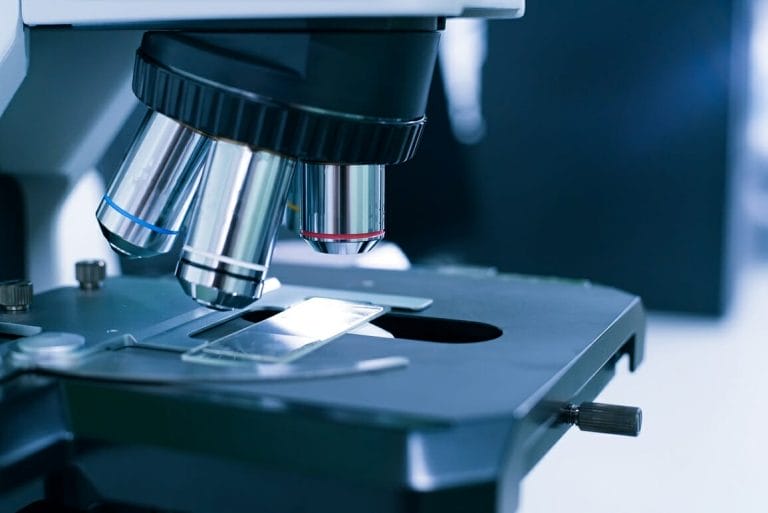Stereo Microscope
A stereo microscope is a microscope that uses binocular lenses otherwise known as binocular stereoscopes which are used to produce images. The only light in a stereo microscope comes from behind the lens. The magnification of a stereo microscope is typically much greater than most single microscope instruments.
Stereo microscopes are essential tools for multiple scientific applications including biochemistry, biology, anatomy, and engineering. Here are the top five uses of this versatile optical instrument.

Biological Applications
Stereo microscopes are used for biological purposes to examine visible specimens. According to microscopeinternational.com, it’s a very useful tool for dissection in biology and medicine. Surgeons and Entomologists make use of its dissecting applications in microsurgeries and the study of insects.
Using the microscopic light source, stereoscopes can illuminate a sample in a way which reveals its structure. This is done by the magnification, and the visual inspection of small objects under the microscope. The images are then sent to a computer for further analysis.
In addition to being used for laboratory studies, they’re also used by botanists and paleontologists to observe the natural environment. Botanists and paleontologist use it for the study of flowers, plants, and fossil structures.
Manufacturing And Quality Control Processes
There are often minute details engineers need to inspect such as a building crack, weld contamination, and fractured surfaces. This provides engineers details of how an object failed and how to properly address the issue. They use enhanced features that aid the analysis such as on-screen measurements, stitching, and tiling of images.
Watch makers use it to facilitate their detailed and delicate manufacturing process. They’re also used to carry out quality control checks. Press release materials such as this one on PR Web are used to communicate details of these specialized pieces of equipment to professionals.
Mud Logging
Mud logging is a drill engineering process that ensures rig safety by evaluating the rock strata below the earth’s surface. The process involves collecting samples which are viewed under a stereo microscope. Porosity is the key information presented in rock samples which, when examined by an experienced geologist, can provide information on oil traces and their ability to hold oil and gas.
This information is then used to create a detailed information log on the rock cuttings. The mud-logging unit carries out constant sampling of a drilling location using a microscope and monitoring software and device to observe wellsite operation and report any abnormalities detected during the examination.
3D Views Of Specimens
Stereo microscopes can produce 3-D images at a low magnification level. The high-quality images produced by digital microscopes are usually far superior to those obtained by conventional microscopes. It produces highly detailed images for microscopists with significantly less effort than is required with a conventional microscope. Since stereo microscopes are capable of producing high quality images, they can be used by both amateurs and professionals alike.
High Quality Image Generation
One of the primary uses of a stereo microscope is its ability to generate high quality images that will enable you to see in greater detail the objects that you’re examining. They generate images with minute details and structures of biological matter and physical objects, such as jewelry or fabrics, for further analysis. They generate these images with the aid of two high-quality zoom lenses which are ideal for dealing with all specimen types.
You can also view your specimen from different angles, making this type of microscope a critical tool for learning all the details about complex specimens. It provides you the option of tilting and swiveling, so you can view details more clearly. This is useful because you don’t need to move the microscope around when you’re dealing with a highly complex material. It’s also easier to scan images, set up light, and move around the microscope. The tilting microscope head can also allow the operator to adjust the microscope for different tasks.
Takeaway
Stereo microscopes facilitate the generation of high-quality, 3-Dimensional images through its lenses. It has applications in biological processes, involving an array of professionals including surgeons and entomologists who carry microsurgeries and insect examinations respectively.
Quality control processes in the engineering and manufacturing processes are typically conducted with the aid of this equipment. Mud logging, a proven method to determine the availability of oil and gas at several locations, is achieved using stereo microscopes.
The quality of images generated from stereo microscopes is highly useful in further specimen analysis on computers, while 3D rendering a more vivid detailing of the specimens. More importantly, they’re easy to use for professionals of all levels.














